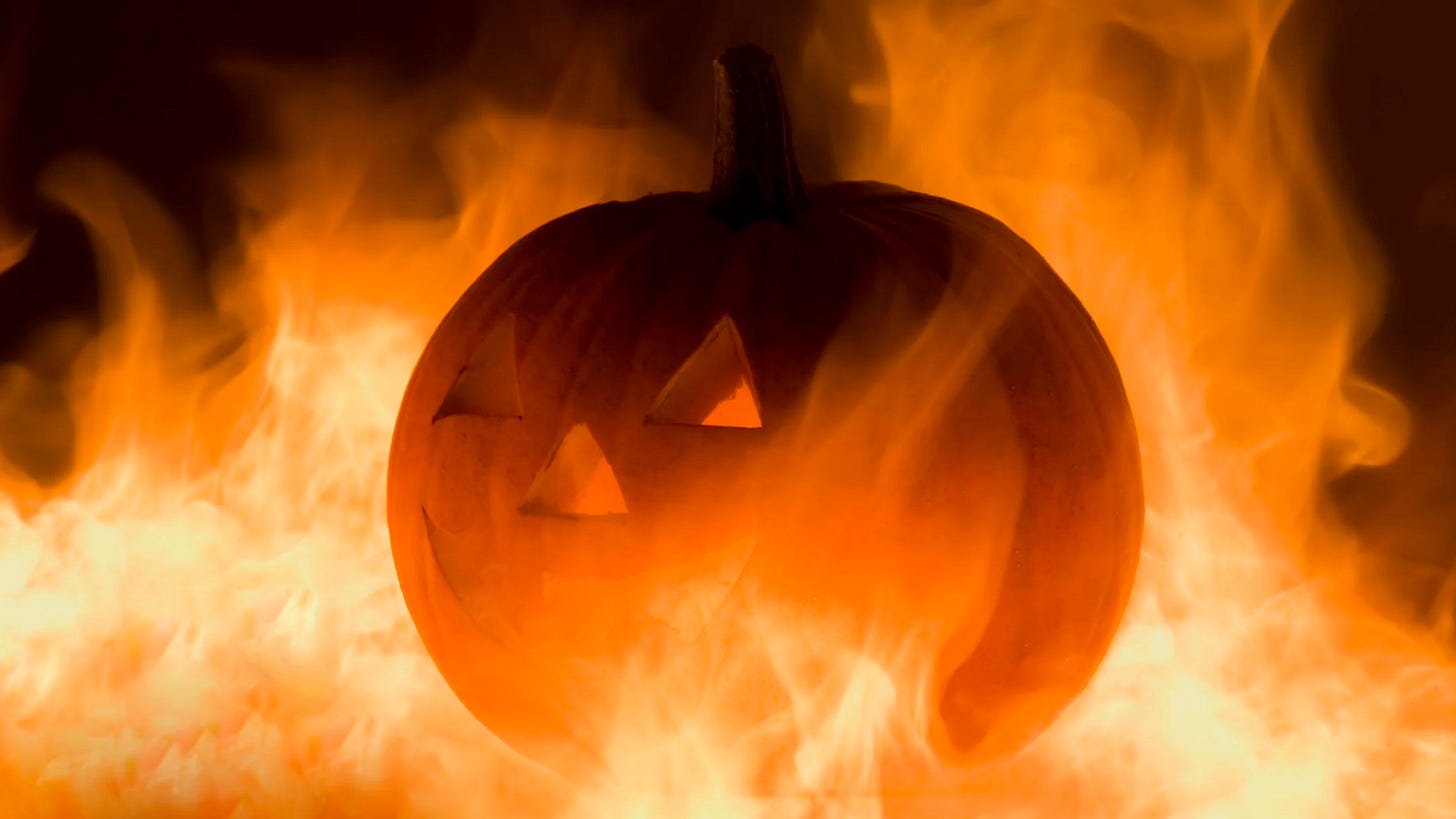The Evolution of Detroit's Devil’s Night
Imagine a city skyline ablaze, a fiery prelude to Halloween's eerie calm. This was Detroit on October 30th, a night known as Devil's Night. This tradition, infamous for acts of arson and vandalism carried out the night before Halloween, began as a night for pranks in the early 20th century but escalated to a terrifying level in the 1980s, earning Mayor Coleman's designation as "a vision from hell".
The spectacle of Devil's Night fires caught the attention of global audiences. Japanese producer Nobi Shigemoto was astounded by the sheer scale of infernos around the city, and even CBS newscaster Dan Rather couldn’t help but mention the incidents during the CBS Evening News. Amidst the chaos, Detroit’s firefighters saw a silver lining, marketing t-shirts with witty captions like "The Heat Is On" and "Just for the Hell of It".
Tracing back the embers, Devil's Night has roots in a tradition called Mischief Night originating from 18th century Britain. Over time, this night of mild pranks escalated into a more dangerous form of mischief in Detroit, particularly during the economic downturns of the 1930s and 1980s. The city, once a booming hub of the American automotive industry, now grappled with rising unemployment rates and an increasing number of abandoned buildings—prime targets for those with a fiery fascination.
By the mid-1980s, Devil's Night had ignited serious concern within the city. The number of fires skyrocketed, with a record 810 fires reported on Devil's Night in 1984. This fiery frenzy prompted Detroit Mayor Coleman Young to take decisive action. Under his "No More Devil’s Night" awareness campaign, a citywide dusk-to-dawn curfew was enforced for kids under 17. Over 11,000 volunteers patrolled the streets, their vigilant eyes spotting and reporting firebugs to authorities, significantly dampening the number of fires.
In recent years, embers of hope have sparked a transformation of Devil's Night into a community-engagement event now celebrated as "Angel's Night." This shift marks a positive turn from a night of fear to a celebration of community spirit. Local leaders and residents rallied to douse the flames of the past, fostering a new tradition that honors unity over chaos. As one local resident quipped, "We traded in our lighters for lanterns, and our fear for friendship."


